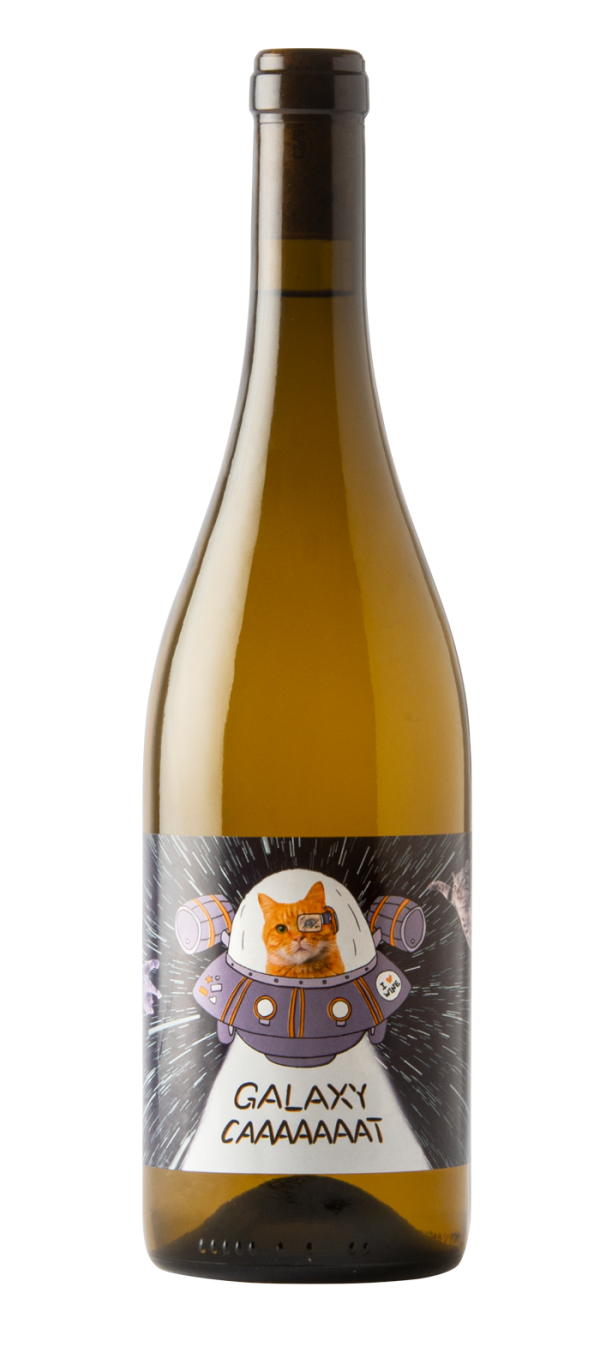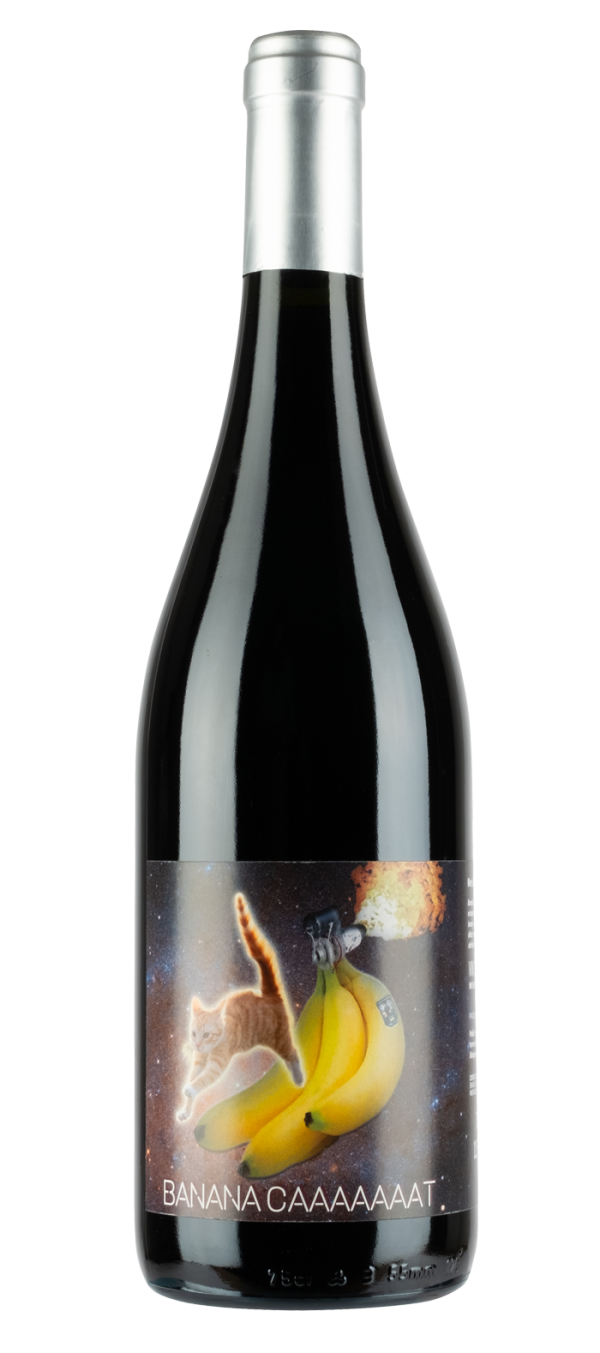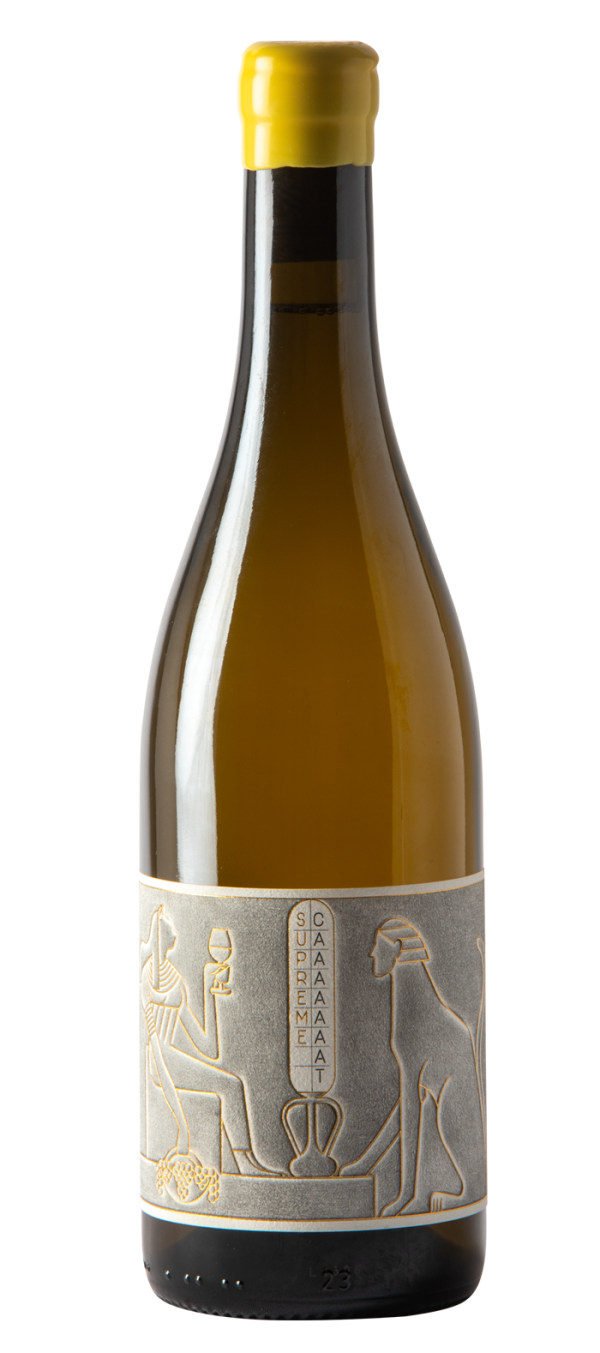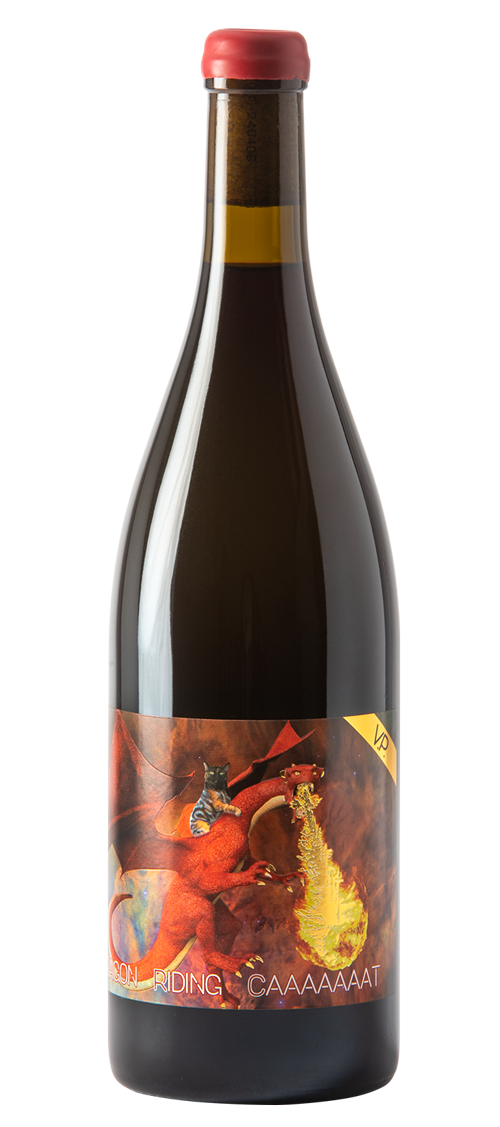Votre panier est actuellement vide !
FAQ
” If they doubt again and again, if they observe a lot,
and if they are passionate about microbiology,
then one day, maybe, they will make a good wine .”
Jules Chauvet
What is natural wine?
First of all, “natural wine” is a funny way to describe wine for us at Caaaaaaat, because by definition wine is a man-made product. You cannot stumble across some wine out in the wild, it requires the intervention of winegrower, to come from grapes (those guys are natural!).
So, simply put, natural wine is a wine which is made as naturally as possible:
No synthetic products: not in the vineyards, not in the storehouse, anywhere
Manual harvesting
A total sulphur/SO2 rate lower than 40mg/L
If you want to know more, we have an article about it here.
What is sulphur, also called sulphites, also called SO2, also called E220, sulphur dioxide?
Sulphur dioxide is a colourless gas, with a penetrating smell in its natural form, but discreet when dissolved in a liquid. All fermented products contain sulphur dioxide. It is a natural process from the fermentation. Sulphur is a preservative which is naturally present in fermented products.
Why is a $5 natural wine impossible to find?
Making natural wine is like painting a Rembrandt!
Yes, really. Nothing less.
Producing natural wine takes time, energy, lower yields, and careful grape sorting (to avoid bad bacteria — which would otherwise mean using unbalanced amounts of… sulfur). Naturally, this makes it more expensive to produce.
The better you want to do things, the more time it takes, the more it costs (even if we wish it weren’t so — “time is money,” as said by the guy on the $100 bill).
Caring for the soil means more people in the fields, more hands to prep organic treatments, sort grapes, and vinify with intention. It’s a whole different world: natural wines require more financial resources and fewer environmental ones.
In other words: it hurts your wallet but helps the Planet!
How can you recognise a real natural wine?
If you are interested in natural wines, you’ve already got some of the information. So, let’s dig a little deeper, together, hand in hand.
Natural wine is a mentality, a way of life. It is about questioning how we live, our place on the planet. Natural wine is free, it is naked, with no additives, no alterations, it reveals itself with its pros and cons (unlike Man, it doesn’t always have them!)
We talked about greenwashing, we can help you to counter it with some handy tips in this article.
How long can you store Caaaaaaat wine?
All at least 3 years old!
And if you want to keep them for a long time, we recommend setting aside MusCaaaaaaat, Dragon Riding Caaaaaaat, Supreme Caaaaaaat, and Illuminati Caaaaaaat. Be as crazy about wine as we are—taste one bottle each year, for 10 years, to appreciate how it evolves over time.
Where are Caaaaaaat wines made?
Every bottle in the Caaaaaaat collection is made, bottled, labelled and packaged at our partner winegrowers’ domains.
Can I order a single bottle?
Yes!
I don’t live in France, can I still buy your wines?
Yes and no!
Thanks to our logistics partner (big hug to them), we deliver all across mainland France, Corsica, and a few European countries.
If you’d rather chat with wine merchants, pick our bottles from a great restaurant’s wine list, or sip at the bar, check out our list of stockists — we love wine shops and restaurateurs.
For other countries, we sometimes have distributors… and sometimes not yet. Just ask us, we’ll get back to you. And if you can help us find a new one, we’ll send you a lovely gift.
Why cats in space?
First, because supernovas are truly exceptional interstellar explosions.
They release gas and dust heated to millions of degrees, creating stunning colors. The blues and greens come from X-ray emissions generated by gas heated to extreme temperatures after the blast of the supernova. The red shows burning dust, and the yellow comes from young stars — both seen through infrared detection.
Second, because cats are cosmic and kind of special.
Which raises the question: are they aliens, launched from the edges of the galaxy by the explosion of the Kitty Caaaaaaat supernova?
What is sulfur — aka sulfites aka SO₂ aka E220 aka sulfur dioxide aka… (ok, stop)?
Sulfur dioxide is a colorless gas with a sharp smell in its natural state, though it’s much more subtle when dissolved in liquid.
All fermented products contain sulfur dioxide. It’s a natural byproduct of fermentation. Sulfur is a preservative that occurs naturally in fermented foods and drinks.
Still with us?
When it comes to wine, we talk about sulfites. Even in wines with no added sulfites, you can still find up to 20 mg per liter — because sulfites are naturally produced by the yeasts during fermentation. That’s why wines “without sulfur” don’t really exist — we say no added sulfites instead.
And since sulfur and sulfites are a big topic, we keep the convo going on the blog
Nos Cuvées
-
Galaxy Caaaaaaat 2023
20,00 € -
Pyjama Caaaaaaat 2023
-
Banana Caaaaaaat 2023
19,00 € -
Sunny Caaaaaaat 2023
12,90 € -
Supreme Caaaaaaat 2023
35,00 € -
Dragon Riding Caaaaaaat 2022
69,00 €





